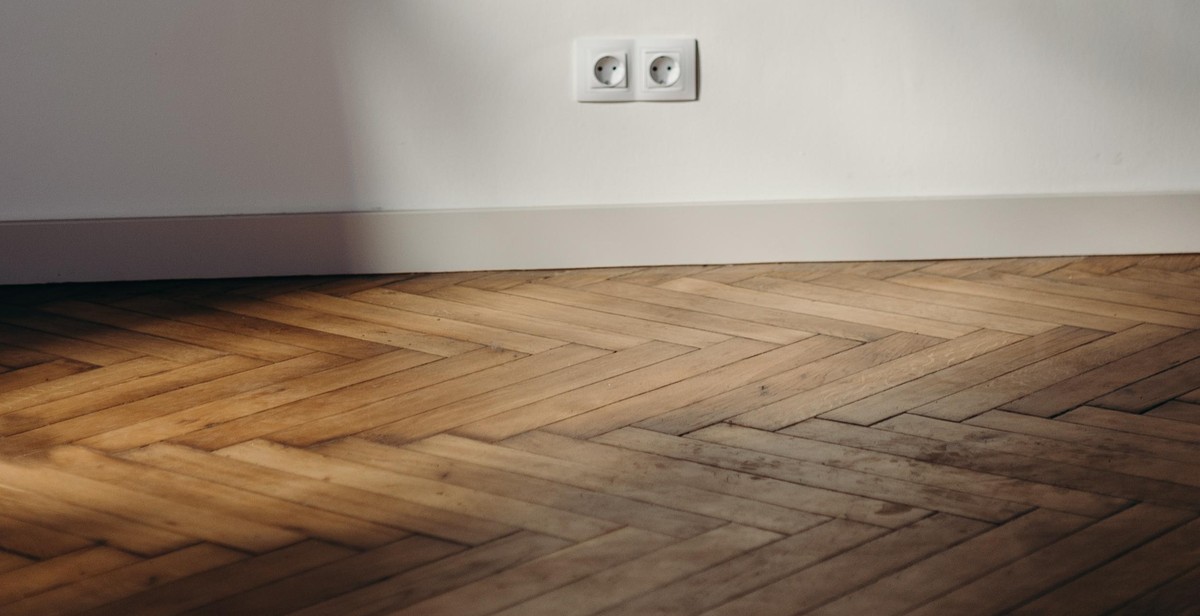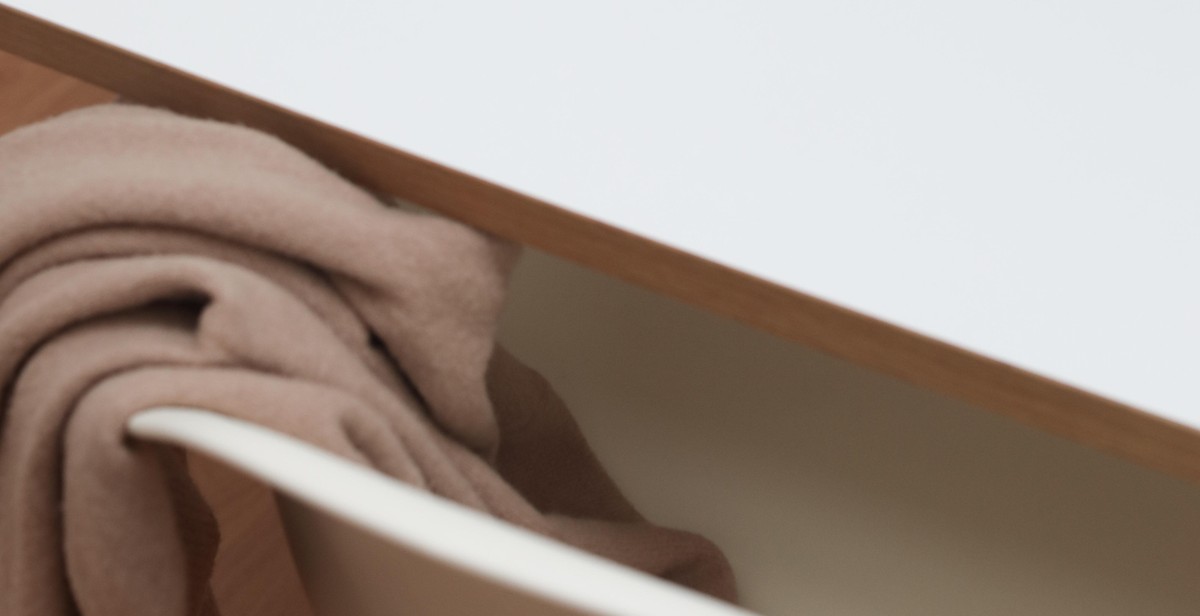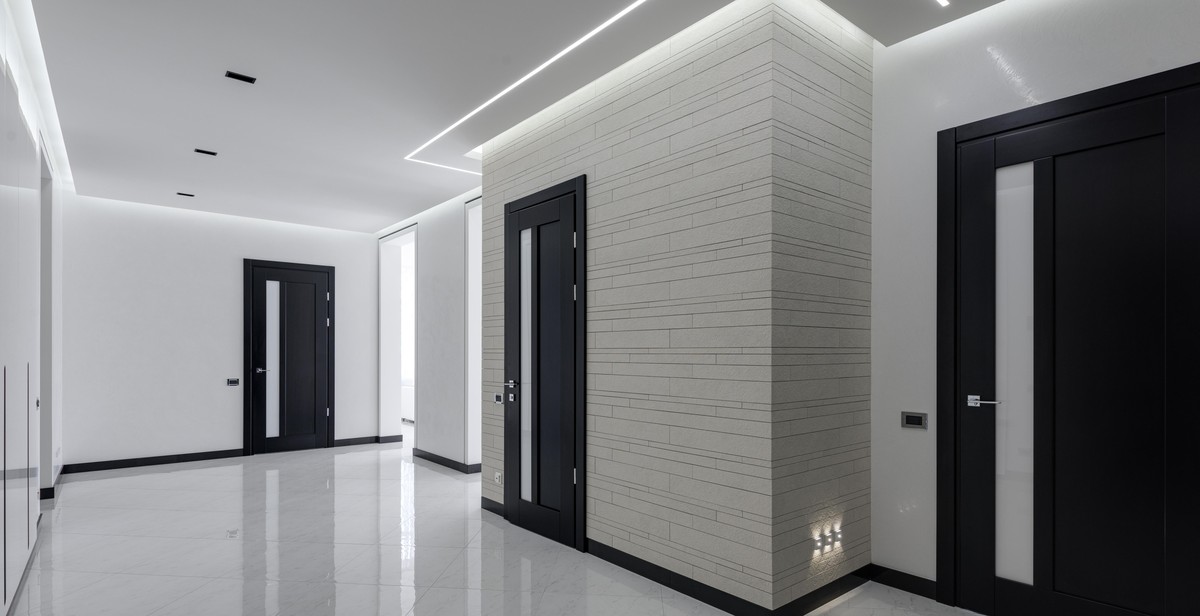How to Design a Functional and Stylish Home Office for Remote Work
With the rise of remote work, having a functional and stylish home office has become more important than ever. Not only does a well-designed home office improve productivity and focus, but it can also boost creativity and overall wellbeing.
However, designing a home office that is both functional and stylish can be a daunting task, especially if you are not familiar with interior design. In this article, we will provide you with practical tips and ideas on how to design a home office that meets your needs and preferences.
Assess Your Needs
The first step in designing a home office is to assess your needs. Consider the type of work you do, the equipment you need, and the amount of space you have available. This will help you determine what furniture, storage solutions, and lighting you need.
Choose Your Space Wisely
When choosing a space for your home office, consider factors such as natural light, noise level, and privacy. Ideally, your home office should be in a quiet and well-lit area, away from distractions such as the TV or kitchen.
Invest in Quality Furniture
Your home office furniture should be comfortable, ergonomic, and functional. Invest in a good quality desk and chair that provide proper support and adjustability. Consider storage solutions such as shelves, cabinets, and drawers to keep your workspace organized and clutter-free.
Add Personal Touches
Finally, add personal touches to your home office to make it a space that reflects your personality and style. Add artwork, plants, or decorative items that inspire you and make you feel comfortable and motivated.
By following these tips, you can design a home office that is both functional and stylish, and that will help you stay productive and focused while working remotely.

Assessing Your Needs
When designing a home office, it is important to assess your needs in order to create a functional and stylish space that meets your work requirements. This involves evaluating your work requirements and assessing your space to determine what furniture, equipment, and storage solutions you will need.
Evaluating Your Work Requirements
Before you start designing your home office, take some time to evaluate your work requirements. Consider the type of work you do, the equipment you need, and the amount of space you require. This will help you determine what furniture and equipment you will need to create a functional workspace.
For example, if you work on a computer, you will need a desk and chair that are ergonomically designed to support your posture and reduce the risk of injury. You may also need additional equipment such as a printer, scanner, or fax machine.
Assessing Your Space
Once you have evaluated your work requirements, you can assess your space to determine how best to configure your home office. Consider the size and layout of the room, as well as any existing furniture or fixtures that may impact the design.
For example, if you have a small space, you may need to choose furniture that is compact and multi-functional. If you have a larger space, you may be able to incorporate additional storage solutions or a separate seating area for clients or colleagues.
Creating a floor plan can help you visualize how best to utilize your space and determine the most effective layout for your furniture and equipment.
| Question | Considerations |
|---|---|
| What is the size of the room? | Measure the room and consider any architectural features such as windows, doors, or built-in shelving. |
| What is the layout of the room? | Determine the best placement for your desk, chair, and other furniture based on the shape and orientation of the room. |
| What are the lighting and electrical requirements? | Consider the placement of electrical outlets and lighting fixtures to ensure your workspace is well-lit and functional. |
| What storage solutions will you need? | Determine how much storage space you require and what type of storage solutions will work best for your needs. |
By evaluating your work requirements and assessing your space, you can create a home office that is both functional and stylish, and that meets your unique needs as a remote worker.

Choosing the Right Furniture
When designing a functional and stylish home office for remote work, choosing the right furniture is crucial. Here are some tips for selecting the best furniture pieces:
Investing in a Quality Desk
A quality desk is the foundation of any home office. It should be sturdy, spacious, and functional. Look for a desk that suits your work style and needs. If you need a lot of space to spread out your work, consider an L-shaped desk. If you prefer a minimalist look, a simple writing desk may be the best option.
Selecting a Comfortable Chair
Since you will be spending a lot of time sitting, it’s important to choose a comfortable chair that provides proper support for your back and neck. Look for a chair with adjustable height and tilt, as well as good lumbar support. A chair with armrests can also provide additional comfort and support.
Maximizing Storage Space
Storage is key to keeping your home office organized and clutter-free. Look for furniture pieces that offer storage solutions, such as a desk with drawers or shelves, a bookcase, or a filing cabinet. You can also maximize storage space by using wall-mounted shelves or hanging organizers.
| Pros | Cons |
|---|---|
| Investing in quality furniture pieces will last longer and save you money in the long run. | Quality furniture can be expensive, but it’s worth the investment. |
| A comfortable chair will reduce the risk of back and neck pain caused by sitting for long periods. | Comfortable chairs can also be expensive. |
| Maximizing storage space will keep your home office organized and clutter-free. | Storage solutions can take up valuable floor space. |

Lighting and Decor
Lighting is a crucial aspect of any home office design. A well-lit workspace can boost productivity, reduce eye strain, and enhance the overall ambiance of the room. Here are some tips to optimize lighting and decor in your home office:
Optimizing Natural Light
Natural light is the best source of illumination for any workspace. It not only provides ample light but also has a positive impact on our mood and health. To optimize natural light in your home office:
- Place your desk near a window to take advantage of natural light.
- Use light-colored curtains or blinds that can be easily opened or closed to control the amount of light entering the room.
- Clear any obstacles that may block natural light from entering the room.
Choosing Appropriate Lighting
In addition to natural light, you may need to supplement it with artificial lighting. Here are some tips for choosing appropriate lighting:
- Invest in a good quality desk lamp that provides ample light for your work area.
- Choose LED bulbs that mimic natural light and are energy-efficient.
- Use a dimmer switch to adjust the brightness of your lights according to your needs.
Adding Personal Touches
Personal touches can make your home office feel more inviting and comfortable. Here are some ideas to add personal touches to your workspace:
- Hang artwork or photographs on the walls to add color and personality.
- Add plants or flowers to improve air quality and create a calming atmosphere.
- Choose decorative accessories such as a stylish desk lamp or a decorative pen holder that reflect your personal style.
| Tip: | Consider using a color scheme that enhances the lighting in your home office. For example, light-colored walls and furniture can reflect natural light and make the room feel brighter. |

Ergonomics and Health
When designing a home office for remote work, it is important to prioritize ergonomics and health to ensure a comfortable and productive workspace. Here are some tips to consider:
Prioritizing Ergonomics
Invest in a comfortable and adjustable office chair that provides proper lumbar support to prevent back pain and discomfort. Your desk should also be at the correct height to avoid straining your neck and shoulders. Consider using an adjustable monitor stand to ensure your computer screen is at eye level and at a comfortable distance from your eyes.
Staying Active Throughout the Day
Sitting for extended periods can lead to various health issues, including poor circulation, weight gain, and even heart disease. To combat this, consider investing in a standing desk or a desk that can convert between sitting and standing. You can also incorporate movement into your workday by taking short breaks to stretch, doing some light exercises, or going for a quick walk.
Maintaining Good Posture
Poor posture can lead to back pain, neck pain, and even headaches. When sitting, ensure that your feet are flat on the ground, your back is straight, and your shoulders are relaxed. Avoid slouching or leaning forward, as this can strain your neck and back muscles. Consider using a posture corrector or a cushion to help you maintain good posture throughout the day.
By prioritizing ergonomics, staying active throughout the day, and maintaining good posture, you can create a functional and stylish home office that promotes productivity and overall well-being.

Technology and Connectivity
When designing a home office for remote work, it’s important to consider the technology and connectivity aspect. Here are some tips to ensure a functional and efficient home office:
Ensuring Reliable Internet Connection
A reliable internet connection is essential for remote work. Slow or intermittent internet can disrupt your work and cause frustration. To ensure a reliable internet connection, consider the following:
- Invest in a high-speed internet plan that meets your work requirements.
- Position your router in a central location to ensure maximum coverage.
- Invest in a Wi-Fi range extender to boost signal strength in dead spots.
- Consider a wired ethernet connection for even more reliable internet.
Investing in Essential Tech Tools
Investing in essential tech tools can help you work efficiently and productively. Here are some essential tech tools to consider:
| Essential Tech Tools | Description |
|---|---|
| Computer or laptop | A reliable computer or laptop is essential for remote work. |
| Webcam and microphone | High-quality webcam and microphone can help you communicate effectively with colleagues and clients. |
| Printer and scanner | Investing in a printer and scanner can help you print and scan important documents. |
Organizing Cables and Wires
Cables and wires can quickly become a tangled mess and make your home office look cluttered. Here are some tips to organize cables and wires:
- Use cable ties or clips to keep cables neatly bundled together.
- Invest in a cable management system to hide cables and wires.
- Label cables and wires to easily identify them.

Conclusion
Designing a functional and stylish home office for remote work requires careful planning and attention to detail. Whether you are working from home full-time or part-time, having a dedicated workspace that is comfortable, organized, and inspiring can help you be more productive and successful in your job.
Start by assessing your needs and preferences and choosing a suitable location for your home office. Consider factors such as natural light, noise levels, and accessibility. Then, select furniture, equipment, and decor that fit your style, budget, and functional requirements.
Make sure you have enough storage space, good lighting, ergonomic furniture, and a reliable internet connection. Personalize your workspace with artwork, plants, or other elements that boost your mood and creativity. Finally, maintain a clutter-free and organized workspace by setting up a filing system, scheduling regular cleanups, and minimizing distractions.
By following these tips and tricks, you can create a home office that is both functional and stylish and helps you achieve your professional goals while enjoying the benefits of remote work.
| Tip: | Consider investing in a standing desk or a balance board to improve your posture and reduce the risk of back pain and other health issues associated with sitting for long hours. |
